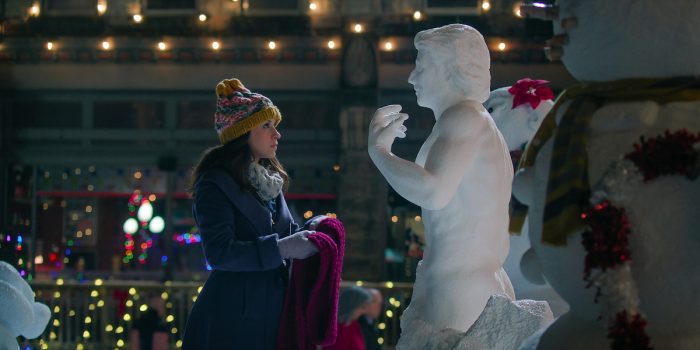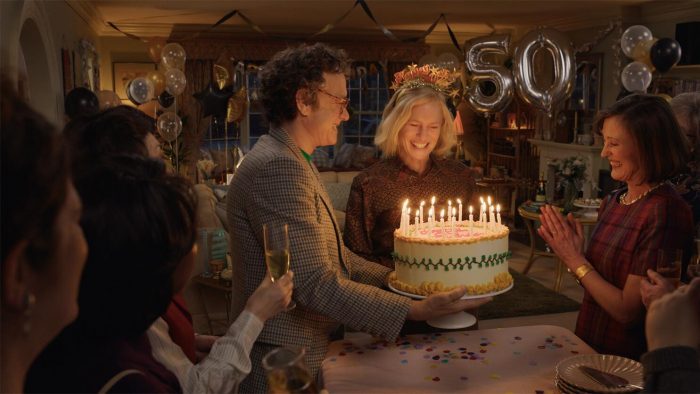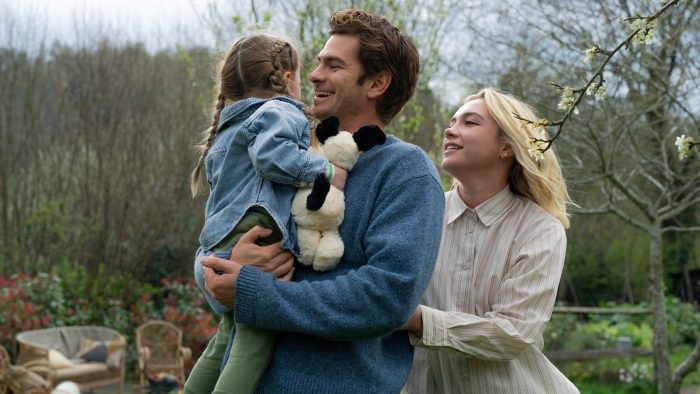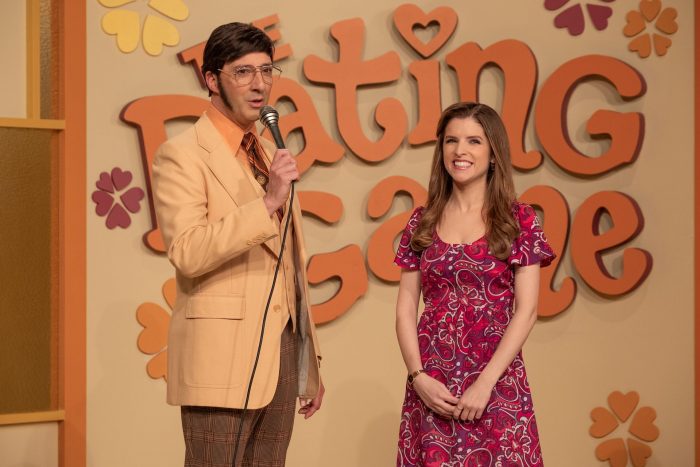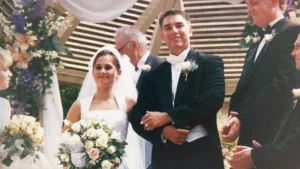Reviewed by Jeffrey Sanzel
Martha Stewart is one of the most recognizable personalities in the world. Noted for her media empire (Martha Stewart Living Omnimedia), the home and hospitality guru attained the highest level of celebrity. She published her first book, Entertaining, in 1982.
Martha: The Cookbook marks her one-hundredth cookbook. Subtitled “100 Favorite Recipes, with Lessons and Stories from My Kitchen,” the book reflects her culinary work and her family life. The introduction and the facing photographs indicate this will be an intimate tome. In addition to the hundreds of photos accompanying the recipes, she shares dozens of personal photos, ranging from family members to Julia Child.
Stewart divides the book into seven chapters: Breakfast & Brunch; Soups & Salads; Cocktails; Hors d’Oeuvres; Dinner; Garden Sides; and Desserts. An appendix follows them: My Basic Pantry explains beef, chicken, vegetable, and turkey stocks, the ideal pastry crust, etc. She outlines her favorite kitchen tools, from the rolling pin to a sesame seed roaster.
In the first chapter, Breakfast & Brunch, Stewart launches with a basic offering: steamed eggs. This is simply a more effective approach to boiled eggs, with instructions anyone can handle. Knowing that her audience will have various skills, she offers a classic hollandaise sauce and an easy hollandaise sauce for artichokes with poached eggs and salmon. She includes her green juice formula, “an invaluable part of my [her] quest for aging gracefully.”
Stewart reflects her Polish heritage with her beet soup and potato and buttermilk soup. On the other end of the spectrum, she sometimes suggests elevating basic fare with truffles or caviar. Drinks include Martha-tinis, Martha-ritas, and a citrus alternative to the Bloody Mary, Mary’s Knees. Hors d’oeuvres range from deviled eggs and potato pancakes to oysters two ways (Rockefeller and Casino). A memory of crabbing with her father on New Jersey’s Shrewsbury River segues into her crabcake recipe. A tantalizing smashed baked potatoes section explains how and, intriguingly, why they should be smashed.
The two largest sections of the book are Dinners (twenty-one recipes) and Desserts (twenty-two recipes). These sections contain some of the most challenging pieces. The time-intensive potato pierogi and paella recipes are ambitious but clearly worth the effort. Stewart follows the one ingredient dessert—orange granita—with the complex Cipriani classic meringue cake.
When possible, vegetables come from her gardens and fruit from her trees; she raises chickens for their variety of eggs. She cites two specific residences: a farm in Bedford—where her greenhouses allow growth year-round—and a home on Maine’s Mount Desert Island. Using the best materials from the best sources is a major theme in Stewart’s cookery.
The contents of the book represent a lifetime of travel. Whether in Ibiza, in the Spanish Balearics, or a café/bakery in Boston, she spent her career gathering the best gastronomic experiences to share with her followers, whether on television or through her magazine and books.
The personal sections, woven throughout, are titled “Remembering.” Stewart’s memory for detail is extraordinary. Photos of her runway work accompany her days of modeling in Paris during her early college years. She describes her apartment on 101st St. and Riverside Drive in Manhattan, when she worked as a Wall Street stockbroker. In a handful of sentences, she paints a picture of the joys of marriage, pregnancy, and cooking every recipe in Mastering the Art of French Cooking, Volume One, by Julia Child, Simone Beck, and Louisette Bertholle.
A major highlight is Dana Gallagher’s exquisite photos. Most take an entire page or even a two-page spread. They are bright, vivid, and truly elegant, but this is no surprise. Reflecting on a 1993 soufflés photo shoot, Stewart states, “My editors and I learned a lot on this photo shoot. We learned that we have to treat all food with great respect. No detail is too small.”
Martha: The Cookbook arrives in time for the holidays. A self-described traditionalist, she presents turkey and ham preparations, ideal for Thanksgiving and Christmas. Pumpkin pie with phyllo crust shows a willingness for a twist on a popular dish.
While she mentions many famous people and trendsetters, this outing comes down to celebrating family. She often mentions her mother, Big Martha, and her daughter, Alexa (both represented by recipes). She now teaches her granddaughter, Jude, as she taught Alexa.
In her final words in the Introduction, Stewart sums up her goal: “Please enjoy the recipes we have featured and treat yourself, your family, and your friends to a little taste of my favorites—and do not forget to start compiling your own list of favorites to hand down to your loved ones.”


